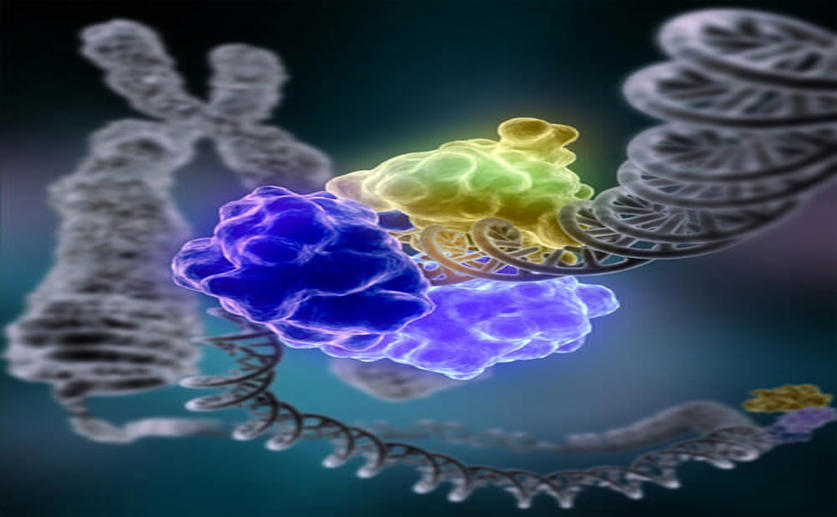
This archived news article is over 5 years old.
Researchers Use XR-seq to Identify the Proteins and Mechanisms Behind Bacterial DNA Repair
Joanna Lawrence
7th February, 2017


Joanna Lawrence
7th February, 2017
